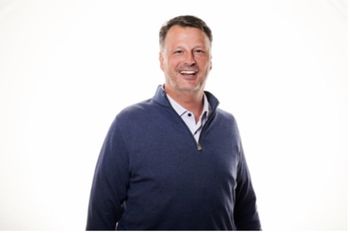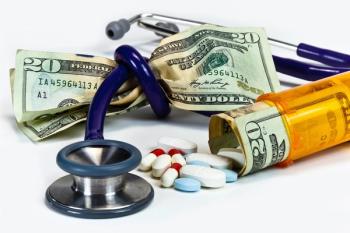
21st century prescription medication tools for physicians and patients
Here are a number of ways physicians can work with their patients to best overcome cost barriers for their prescriptions.
Healthcare costs are continually on the rise. Between 1995 and 2015, U.S. healthcare spending grew at an annual rate of 4 percent, which far outpaces
The U.S. pharmaceutical market is unique in that the manufacturer is able to set their drug costs at any price. This is in contrast to other nations with a national healthcare service, where the government is able to negotiate price and reject certain drugs for the entire nation. From 2013 to 2015, prescription medication spending increased roughly 20 percent to about 310 billion dollars, comprising
Simply put, this is unpleasant, unhealthy, and inefficient. Starting in 2019, Medicare will be using its
So what can a physician do if a patient is non-adherent due to the cost of prescription medications? Here are a number of ways a physician can work with their patients to best overcome cost barriers, and different ways a practice can integrate these processes into their workflow.
Tools
Prescribing generics is the first way to help patients afford their medications.
Additionally, there are
For patients who have a Medicare Advantage health plan or a Part D prescription plan, CMS offers
Even with all of these resources, some patients may still not be able to pay for their medications. For them, a patient-assistance program (PAP) may be an additional option. Pharmaceutical companies have funded PAP programs to help cover patients’ copayments, coinsurance, and deductibles.
If additional aid is necessary,
Integration into practice workflow
The time commitment to integrate these tools into a practice’s workflow may seem daunting. Because of this, a model for where to spend time and effort is ideal so that prescription cost and clinician effort can both be minimized. Table 1 below shows a progression of intervention and how the steps can work with each other depending on how the patient is managing the cost of the prescription medication.
PAPs
State-funded programs
Non-profits
First, generics should be used whenever possible. If a patient is adherent, but has a concern about the cost, directing the patient to the common apps they can use could be an easy, beneficial step. Up to this point, cost management has minimally impeded daily operations.
Physician and/or healthcare team efforts increase slightly when the patient becomes non-adherent due to a medication’s cost. This is because as soon as the patient is non-adherent, there is a drop in the quality of care. If it is available, a referral to someone within the clinic or a part of the hospital system to counsel the patient on their insurance coverage could help this patient’s adherence. At this stage, it is also necessary to analyze the patient’s prescription at a deeper level. Could the side effects of a different generic be tolerated for adherence? Having a patient-centered approach and discussing the risks and benefits, including cost, will increase patient adherence, quality of care and overall patient satisfaction.
The next level of involvement is a patient who is able to afford to buy the prescription some months, but not all the time. This is when the physician and/or the healthcare team can begin introducing the Patient Assistant Programs.
For everyone involved, it will take some time to become familiar with these programs. Just like a physician has a few drugs that they use consistently for hypertension, the same goes for PAP programs. Do not become overwhelmed with all of the possible options, simply pick a few drugs that are common budget breakers and understand their respective programs. The number of programs utilized can always be expanded over time. At this stage, also introduce the patient to state assistance programs that are available to them. Similar to the PAPs, make this simple and streamlined. Involving others in the healthcare team can also lighten the load and make this process more efficient.
The last level of cost management is a patient that is non-adherent due to complete inability to pay for medications. They can’t afford the prescription, they never could afford the prescription, and they won’t be able to afford it in the foreseeable future. These patients need everything in the toolbox. Engage the PAPs and state programs. Finally, see if the patient is a candidate for any assistance programs available through non-profit organizations.
Conclusion
An estimated
The front desk personnel, social worker, nurses, and others can all contribute to this process of patient education and support. If the physician is the only one that knows about the programs and assistance methods, they are the only ones that can educate. The American Academy of Family Physicians suggests bringing on a weekly volunteer to assist in organizing the PAPs for the patients.
Being diligent in helping the patient population be adherent will not only improve the patient’s health, but their satisfaction. It will also decrease the overall burden on the healthcare system, lowering cost per capita, and stabilize physician reimbursement going forward.
Parker Adams, Megan Gage, and Colin Farritor, MBA, are first year osteopathic medical students at Kansas City University of Medicine and Biosciences in Joplin, Mo.
Janis Coffin, DO, FAAFP, FACMPE, is a professor in the department of family medicine at Kansas City University of Medicine and Biosciences in Joplin, Mo.
Newsletter
Stay informed and empowered with Medical Economics enewsletter, delivering expert insights, financial strategies, practice management tips and technology trends — tailored for today’s physicians.








